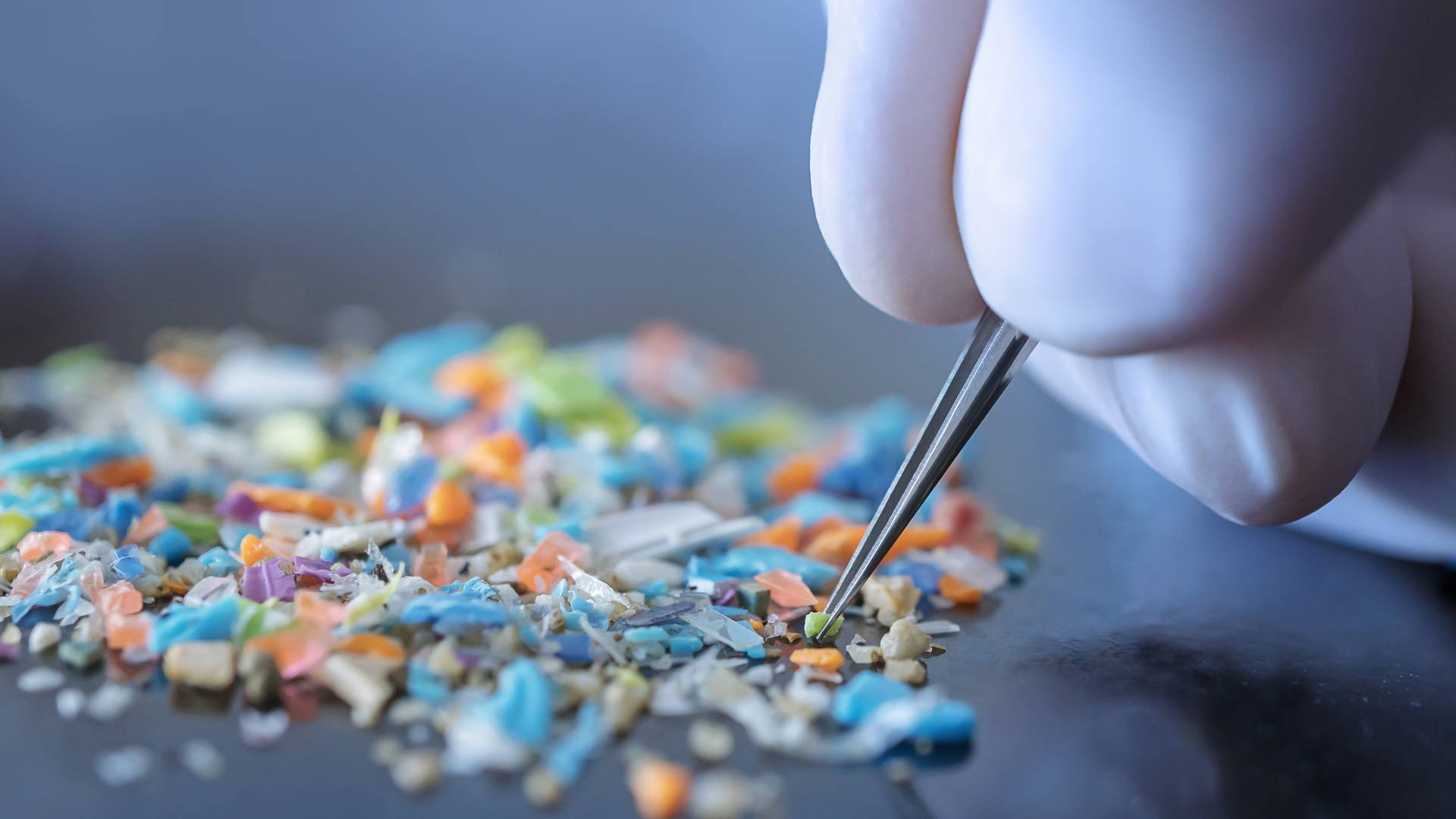
Top ten bio based chemicals for UK economic growth
A REPORT from the Lignocellulosic Biorefinery Network (LBNet) has identified ten biochemicals where the UK is primed to go from demonstration to industrial-level production.
Bio-based chemicals can be used as an alternative to petrochemicals for a wide range of products such as biodegradable plastics, cosmetics, and detergents. These products generate billions of pounds of global revenue and the LBNet report, UKBioChem10: The ten green chemicals that can create growth, jobs and trade for the UK, urges the UK government and industries to focus resources on ten specific biochemicals. Many UK universities and companies already have expertise in producing these chemicals at lab or demonstration level.
“Just as oil underpinned the development of now ubiquitous plastics, textiles, pharmaceuticals and cosmetics in the last century, bio-based chemicals are set to replace oil in many products in the next few decades,” said Simon McQueen-Mason, LBNet network director. “Investment and policy support now will allow the UK to be a leader in this emerging industry.”
1. Lactic acid
Lactic acid can be produced from sugar or starch and is used to make polylactic acid (PLA) which can form biodegradable polyesters. It can also be used in food flavoring, detergents, and pharmaceutical production.
2. Furandicarboxylic acid
FDCA can be used to create polymers such as polyethylene furanoate (PEF) which provides an alternative to polyethylene terephthalate (PET), commonly used in plastic bottles, food packaging, and carpets. UK company Biome Bioplastics is producing FDCA from natural sugars and is now scaling up the production process.
3. Levoglucosenone
This can be used as an alternative to toxic solvents in the pharmaceutical industry and its derivatives can be used to create flavorings and fragrances. Australian company Circa, which makes levoglucosenone from biorefinery waste, is currently investing in the UK. Along with academics at the University of York, it has invented a product called Cyrene which is a levoglucosenone-based solvent that can be used for water filtration, batteries, and graffiti removal.
4. Hydroxymethyl furfural
HMF is a building block for plastics and polymers, such as 2,5 furandicarboxylic acid which can replace chemicals used in plastics and polyesters, and DMF which can be used as a biofuel.
5. Muconic acid
Muconic acid can be used to create a wide variety of chemicals and polymers which can replace the non-sustainable benzene and cyclohexane that are currently used in the production of PET and nylon fibers. The production of muconic acid has already been demonstrated at lab scale by several UK companies.
6. Itaconic acid
This can act as a replacement for petroleum-based acrylic acid. Acrylic acid is typically used to make superabsorbent polymers for personal care products and unsaturated polyester resins for use in pipes and gratings. Itaxonix is one of several companies developing bio-based polymers from itaconic acid, but the technology is still at an early stage.
7. Butanediol
This is a building block for products such as fragrances, insecticides, antibiotics, and synthetic rubber. CHAIN Biotechnology has already developed the technology to produce 1,3 butanediol using sugar fermentation, and it plans to develop manufacturing capabilities.
8. Glucaric acid
Glucaric acid prevents deposits of limescale and dirt on fabrics or dishes, and can be used to replace phosphate-based detergents which are currently being phased out due to environmental concerns. Glucaric acid can also be used in food ingredients and corrosion inhibitors. It can be produced from glucose, but the technology for this has not yet been scaled up to industrial level.
9. Levulinic acid
This is used to produce environmentally-friendly herbicides, skin creams, and degreasers. It can be produced from starch or certain sugars and the report states that there are likely many high value applications for the acid that can be tapped by further research.
10. n-Butanol
n-Butanol is used in a wide range of polymers and plastics, as a solvent, and as a paint thinner. It can be produced by fermentation of carbohydrates using bacteria. An advanced fermentation process has been developed by UK-based Green Biologics. There are several other companies with expertise, but further development and commercialisation is needed.
The report urges government and businesses to take five steps to make the UK a world leader in bio-chemical production: focus resources on exploiting value from these specific biochemicals; increase support for academic-business collaborations; provide research funding; invest in easy-to-access test and scale-up facilities for researchers and start-ups; and incentivise the use of bio-based materials.
“The challenge for bio-based chemicals is that we are competing with petrochemicals, an industry that has a century of development behind it,” said Kevin Matthews, CEO of Itaconix. “For the industry to really take off, we want to reach a point where bio-based chemicals also outperform petrochemicals on cost. This could happen a lot quicker if incentives were put in place to help offset the advantage of scale that the petrochemical industry has over us. These could include investment in UK science to develop cost effective ways to produce key chemicals and their derivatives, and to scale them up; and financial incentives for companies to build infrastructure, such as fermentation and processing plants.”

Comments 0